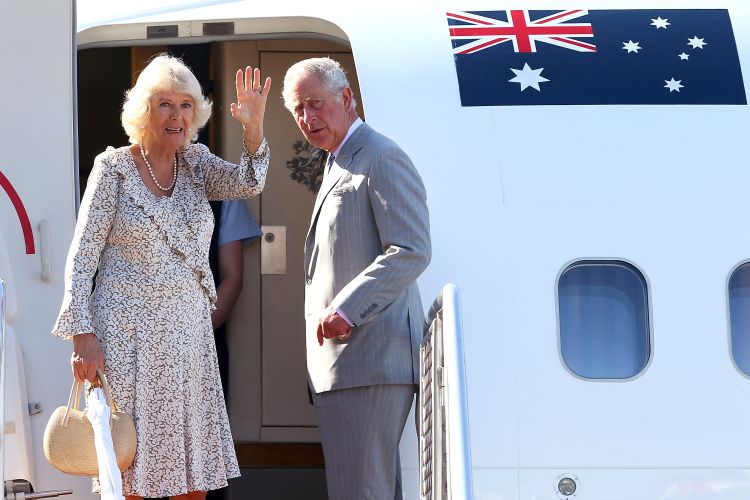King Charles and Queen Camilla visit Australia

This royal visit is significant for several reasons. First and foremost, it marks the first global tour by the new sovereign. This is King Charles’s first visit to Australia since his accession to the throne in September 2022. In fact, it’s only his second overseas trip as king, the first being to France for the D-Day ceremonies during the European summer in June.
So this is a momentous occasion, not just for Australia, but also for the king, who is following in the huge footsteps of his mother, Queen Elizabeth II. Although this is Charles’s 17th visit to Australia, it is his first visit as monarch, and naturally, he will want it to be a success.
We caught a glimpse of the way King Charles wishes his reign to be seen during the coronation festivities, particularly towards the end, with very informal street parades, dancing, music involving community groups and members of the public. This informal approach, particularly involving the British people, is a key part of Charles's mission to present himself as a people's monarch.
He aims to be seen as empathetic, approachable and less formal than his mother, keen to connect with ordinary citizens and understand the incredible struggles that many around the world – especially within the Commonwealth, as well as Britain - are facing.
However, King Charles is also in his later years and managing health concerns, including cancer, which adds a layer of complexity to his ability to engage and connect with people as much as he would wish. This presents a significant challenge for him.
Another challenge is the complexity of today’s world. There are so many more things that people within the Commonwealth and Britain are worried about, that perhaps people didn't need to worry about during the previous reign.
It has long been the case, at least since the 19th century, during the reign of Queen Victoria, that the British monarch has positioned themselves, whether fairly or unfairly, rightly or wrongly, as someone who is empathetic with the position of Indigenous people and who is there as, a sounding board, a person to listen to their concerns. Certainly, we have seen groups of indigenous people appeal directly to the British monarch, for justice, not necessarily with a great deal success, but nevertheless, there is this idea that appealing directly to the monarch is an appropriate, forum and that the British monarch is there to listen.
During this visit, we will see King Charles and Queen Camilla listening, quite deliberately, to Indigenous Australians. For instance, they will visit the Aboriginal and Torres Strait Islander Memorial in Canberra, where they will meet with Indigenous elders. The focus here is on listening, not making broad statements. The emphasis will be on listening to the concerns of Indigenous Australians.
As King Charles embarks on this landmark visit, the eyes of the world will undoubtedly be watching. This tour represents more than just a formal engagement; it symbolises the new era of his reign and offers a glimpse into how he intends to navigate the complex challenges facing the Commonwealth and beyond.
From his interactions with Indigenous Australians to his efforts to present himself as a modern, empathetic monarch, every step of this journey will be closely observed. In a time of great global change, this visit is potentially significant not just for Australia, but for all those who look to the monarchy as a symbol of continuity, tradition, and evolving leadership – as well as for those who seek alternative constitutional pathways such as republicanism.
Associate Professor Cindy McCreery is director of the Modern Monarchy in Global Perspective Research Network. Hero photo: Britain's Prince Charles, right, and his wife Camilla, Duchess of Cornwall, wave as they prepare to depart Perth, Australia, on Nov. 15, 2015. (Paul Kane/Pool Photo via AAP, File)











































